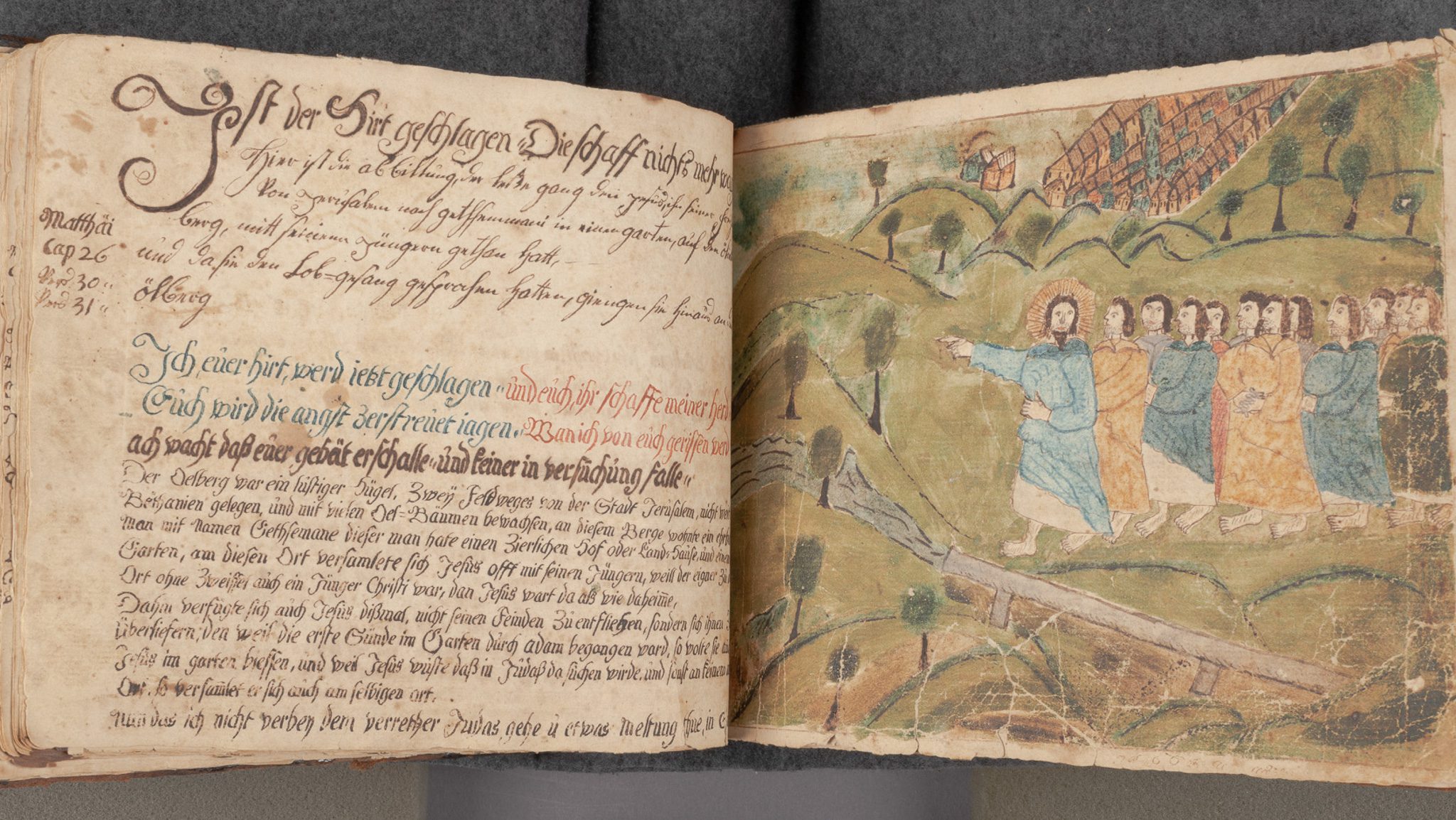
Paper conservation cares for almost 5,000 prints and drawings, including some of the most important prints of the early national era by artists such as Peter Pelham and Paul Revere. The collection also includes pastel paintings on paper, early German American fraktur, and paper-based materials such as hat boxes and several rooms of historic wallpaper. Winterthur’s prints and drawings are found on display in museum rooms and on reserve in a large study collection that is a rich resource for scholars in many disciplines. Paper is vulnerable to damage including tears, creases, soiling, overall discoloration, and stains. Exposure to excessive light, heat, and high humidity accelerate its deterioration. Such conditions also threaten images on paper and may cause flaking media, color shifts, or fading of inks and other design materials. Paper objects suffer additional damage in storage or on exhibit when in contact with acidic mats, folders, and boxes. Frames that are too small or that do not provide adequate space between the glazing and the object can also cause damage. Repairs with pressure sensitive tapes and poor-quality adhesives often must be removed to prevent ongoing damage. Paper conservators focus on repairing and supporting the structure of the paper object, reducing discoloration and acidity when appropriate.
Preventive Conservation
Winterthur’s paper collections are kept in a controlled environment in the museum and a preservation environment of 65 degrees and 45 percent relative humidity in the Maps and Prints study collection. This environment reduces the rate at which paper deteriorates and prevents the growth of mold. All objects are stored in alkaline mats or folders that help protect them during handling and study. A Preservation Housing Specialist ensures that all framing is safe and appropriate for the object.